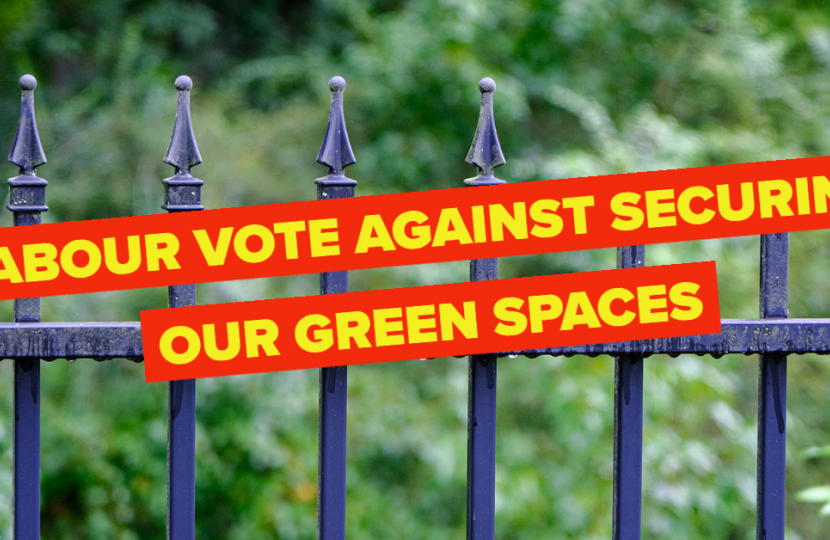
In recent months, green spaces, parks and recreational areas have been restricted by numerous unauthorised encampments across Calderdale. In response, the Conservative Group called on the Labour-run Council to secure these areas with physical obstructions as an invest-to-save approach, and prevent future encampments. Unfortunately, Labour voted against the Conservative motion at Full Council and instead opted to do nothing.
The Conservative motion in full:
This Council acknowledges:
- The Council’s current aim is to remove unauthorised encampments from Council land quickly, whilst giving due consideration to the welfare of those encamped.
- A simple unopposed legal eviction of a small encampment will cost between one and three thousand pounds, and a large, resisted removal can incur larger costs.
- Illegal encampments can result in the loss of revenue for nearby facilities such as car parks and leisure centres.
- It is also true that illegal encampments in rural areas attract fly-tipping, estimated costs range from spending between £200 and £500 to remove abandoned vehicles and other rubbish after an eviction.
- There are potential revenue savings associated with introducing preventative measures to secure recreational areas and green spaces, and an invest-to-save approach may wish to be considered.
This Council thanks:
- All officers who have worked tirelessly to remove unauthorised encampments, secure land, and remove left over waste and material, whilst ensuring the welfare of the unauthorised encampments is assessed and monitored.
The Council resolves:
- To ask the Leader of the Council to explore available revenue streams and to write to the Mayor of West Yorkshire to request that monies are made available to introduce preventative measures against illegal encampments, as an invest-to-save approach
To request that the Place Scrutiny Board undertakes a review of unauthorised encampments on public land, including a discussion on the following:
- The council’s strategy on the removal of unauthorised encampments
- The use of preventative measures, including physical obstructions
- Communication with the public; and
- Facilitating a conversation with all stakeholders, including the police, to ensure joint working is maximised

